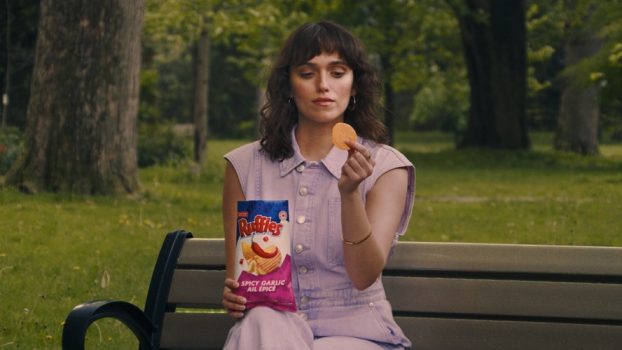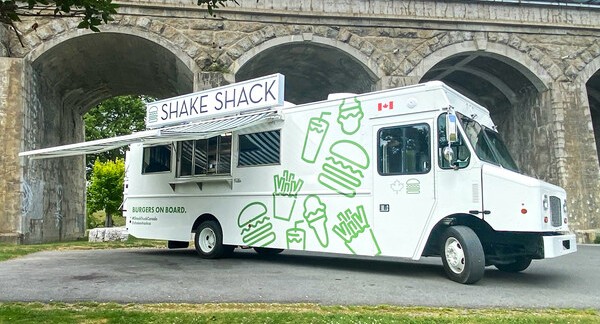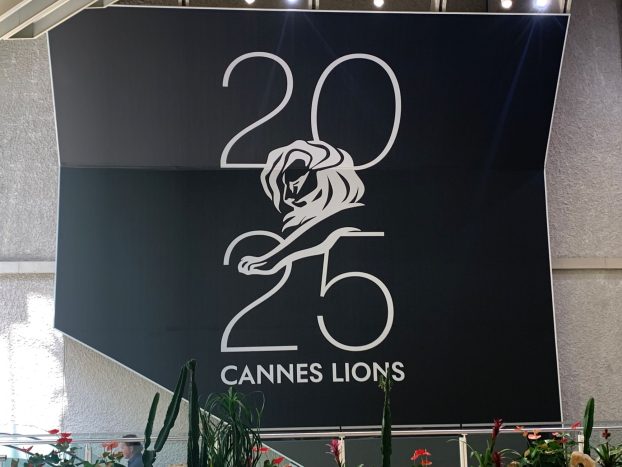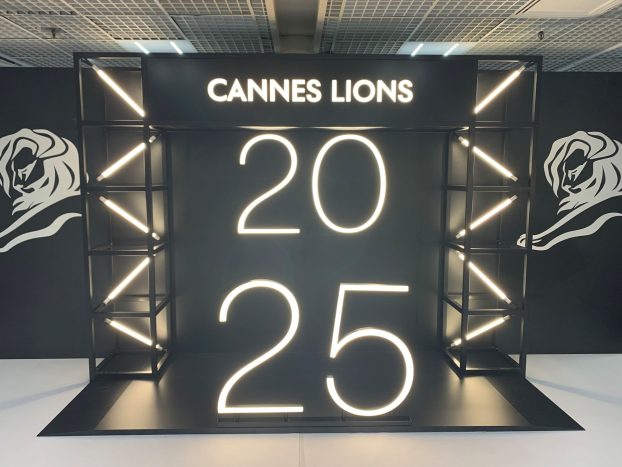Also in this report:
* Moosehead taps roots through music: New Brunswick brewery uses CDs featuring local talent to boost sales in the Maritimes p.17
* Movie passes the star of AT&T promotion p.19
* Esso orchestrates Icemorph invasion: Comic book promotion aimed at kids drove sales at pump p.21
* Air Miles soars into motivational market: Loyalty Group offers employers flexible, points-based incentive program that allows employees to choose their own rewards p.23
When Heidi Knobovitch hears of people lining up for hours to purchase Elton John’s remake of ‘Candle in the Wind,’ recorded in honor of Princess Diana, she can’t help but feel gratified. And not just because it’s her company, PolyGram Group Canada, that happens to be distributing this best-selling cd single (the proceeds from which go to charity).
No, it’s more because this backs up the very point that Knobovitch, as director of special projects for PolyGram, is constantly making to clients – namely, that music is one of those products with near-universal appeal, to which people can form intense emotional attachments. All of which would seem to make it just about perfect for use as a premium or incentive.
‘It’s a product that hits all demographics,’ says Knobovitch. ‘And it’s something nobody ever seems to have enough of. It’s not like giving people another pen or T-shirt.’
Indeed, corporate interest in music as a promotional product, whether targeted at consumers or employees, has seldom been greater. An ever-widening array of companies are getting in on the act – from clothing retailers seeking the perfect complement to their ‘lifestyle’ positioning, to cereal makers looking for some kind of offer that consumers haven’t already seen time and again.
Mass appeal isn’t the only virtue music’s got going for it. There’s also flexibility: With such a wide range of genres available from the major labels, it’s generally pretty easy to find or create products suitable for any audience a marketer wants to target.
The relatively modest price of cds and cassettes is another important selling point, says John Fekete, director of special products with Sony Music Canada – especially when it comes to employee incentive programs.
‘It enables organizations to offer something exciting for sales staff or other employees without incurring significant cost,’ he says. If a company chooses to offer only a few big-ticket items such as televisions or trips, then no more than a handful of employees can be winners. If, on the other hand, there are many smaller rewards available – inexpensive items with a comparatively high perceived value, such as cds – then every staff member stands a reasonable chance of winning something.
There’s also just a certain glamor and excitement inherent in entertainment products like cds. Let’s face it: What would you rather get for meeting this month’s sales target? A coffee mug with ‘disappearing’ ink, or the new Oasis album?
‘There’s a sexiness to the product,’ says Fekete. ‘It’s more fun than just offering somebody a widget.’
For employee incentive programs, suppliers such as Sony and PolyGram typically provide a catalogue featuring a broad range of products, from which participants may pick the titles of their choice.
‘It’s a real no-brainer for the employer,’ says Knobovitch. ‘And it means they can be sure everybody’s getting something they’ll like.’
If, on the other hand, a client is looking to offer a premium to consumers or business customers, a more customized product may be in order.
Earlier this year, for example, PolyGram created a customized cd for eyewear manufacturer Essilor. The disc, which was handed out at a major corporate event, consisted entirely of songs that make reference to eyes or sight. (Among the highlights: Bachman Turner Overdrive’s immortal ‘You Ain’t Seen Nothing Yet.’)
If there’s one sector in which interest in music as a promotional product has taken off with a vengeance of late, it’s retail.
Many major retailers, particularly in the fashion business, sell much more today than just merchandise, Fekete says: They sell the whole lifestyle associated with their brand name – whether the upscale outdoorsiness of Eddie Bauer or the youthful urban sophistication of Club Monaco. Offering consumers a branded cd compilation as a premium – the music carefully chosen to match that lifestyle – is simply a logical extension of the strategy. (Fekete says many retailers in the u.s. have found cds like these so popular as premiums that they’ve stopped giving them away, and actually added them to their regular product lines.)
‘It’s definitely a huge trend in retail right now,’ agrees Knobovitch.
Recently, for a promotion by Levi Strauss & Co. entitled ‘It’s Your Music, It’s Your World,’ PolyGram produced a customized compilation featuring alternative acts such as The Cardigans and omc. The cd sold for $15 in Levi’s stores, but customers could get it free if they spent $100 on merchandise, or for $10 if they spent $50. The promotion also offered customers the chance to win trips to the native lands of some of the artists featured on the compilation.
Sears Canada is yet another retailer to recognize the potential of music as a promotional product. Earlier this year, in a move calculated to garner heightened consumer attention, the department store chain put new-country star Michelle Wright on the cover of its 1997 Fall & Winter catalogue. (Quebec chanteuse Julie Masse graced the French edition.) As a tie-in, Sears offered a free three-song cd to customers who ordered $100 worth of products from the catalogue.
Ron Becker, media promotions manager for Sears, says the retailer wanted to generate some excitement among its target audience, by hooking up with performers whose image matched its own brand personality. Offering a cd as a premium helped extend the association further, he says.
Within three months, Becker adds, more than 80% of the cds available had been snapped up by Sears customers.
Other categories, such as food and beverage, are also beginning to show heightened interest in making use of music. Fekete says Sony worked with Kellogg Canada last year on a promotion for Corn Flakes and Mini-Wheats, offering consumers coupons for discounts on cds and cassettes, as well as the chance to mail in for special cd samplers.
‘That’s an organization that has done just about everything from hockey cards to who-knows-what [as premiums], and needs to continually offer something new, something that will create a little bit of excitement,’ he says.
Sony also worked with the Dairy Farmers of Ontario on their recent ‘Milk Sounds Good’ promotion. Youngsters 12-18 were invited to dial a 1-800 number and make ‘milk sounds,’ for the chance to win one of a number of prizes – including a cd featuring the likes of Jamiroquai and Soul Attorneys.
‘It’s a delicate balance with a client like that,’ says Fekete. ‘They’re pretty wholesome, so you can’t put, say, rap on the cd. But if you want the kids to buy more of your milk, you’ve got to offer the kind of music that appeals to them – and that means young, fresh, cutting-edge artists. It takes some convincing.’
As with most premium or incentive programs, the more integrated a music-themed promotion, the better. A prime example is Grand & Toy’s recent back-to-school promotion, which used a contest to help drive traffic into stores (the prize: a concert for your high school by Halifax band Sloan), while also offering a purchase incentive, in the form of scratch-and-win cards for goodies such as cd players, discounts at Music World and a special compilation cd.
‘There are a lot of traditional types of promotions that work reasonably well,’ says Sara Harrel, director of retail marketing with Grand & Toy. ‘But when you want to stand out from the crowd, you have to offer something different. This made sense for our target group, because they have a strong interest in music. And it was exciting because it had a lot of depth to it.’























